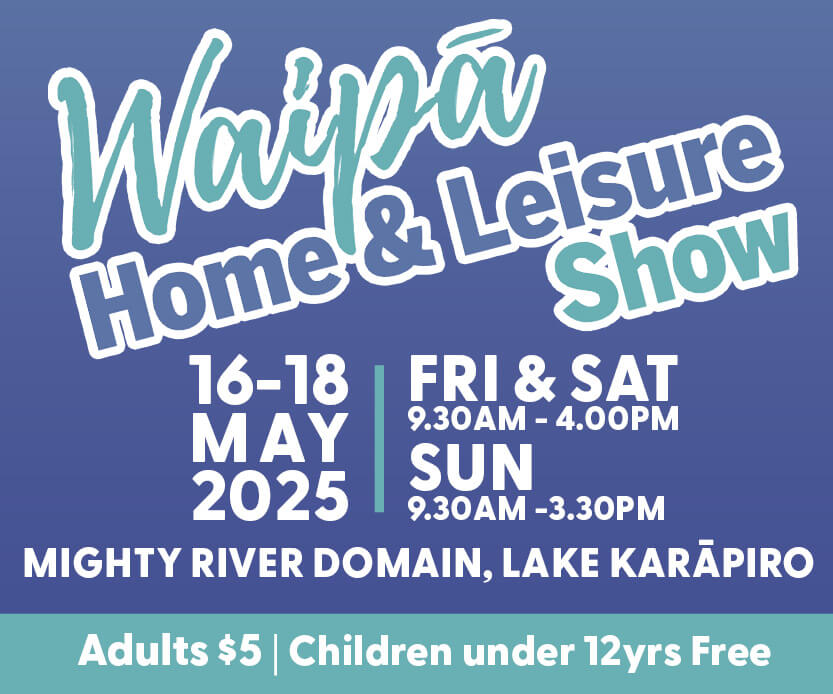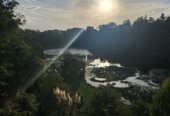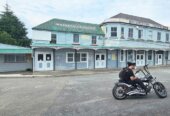In December 2018 he stood on the beach in the Sunda Straight, photographing Anak Krakatau, between Java and Sumatra, in the distance. Everything on the horizon had oddly gone dark and the orange glow of the erupting volcano was no longer visible. An “odd incoming wave” larger than the rest rushed onshore towards him. This was enough to trigger a feeling that something was wrong. He ran.
This quick thinking saved Øystein’s life and I still shudder thinking of my conversation with him after the event. While he was watching from 47 km away, the cone of the famous volcano had collapsed into the sea, triggering a tsunami. That first small wave was the beginning of the tsunami sequence. Over 430 people died along the shorelines around the straight that night.
We are fortunate to have tsunami warning systems in place, but they work for events triggered much further away. When you are at the beach, your warning signs include any long or strong earthquakes, the water going out more than usual (but not always), or the water looking really rough, also described as the water looking like it is boiling. It is rarely the big, tall wave we see in movies, and within this series of waves the first may not be the biggest. This isn’t just like the gentle tide coming in, it is powerful. You can’t stand up in it. Once it travels inland it can pick up all sorts of objects, making them dangerous, and throw objects and people into buildings or other immovable things. It can also drag objects back out to sea.
Tsunamis can be triggered by processes including earthquakes, landslides, volcanic eruptions, meteorite impacts, and sometimes atmospheric events. How far away a tsunami begins is important for what kind of warning we get, if we get one. In the case of an earthquake close to our shores, the earthquake is the warning. Do not wait for an official alert.
Since the 1840s at least 70 tsunamis have reached New Zealand, some began as far away as Alaska. I am working on updating our records for the most recent events, including the 2022 Hunga Tonga-Hunga Ha’apai eruption tsunami. Most historical tsunamis have been pretty small here, but every small tsunami is a chance to solidify in our minds what we will do when a larger one hits.
When I am at the beach I always look for where I could go if a long, strong earthquake happened, or if a tsunami alert was sent out. It’s important to note that the beach you are at might not have a tsunami siren. What routes lead to higher ground? How would you get there? Keep in mind that traffic might leave you and your car stuck, so a bike or on foot will likely be your best options. At some beaches you will see signs that include information like evacuation zones, always check these out.
Quick actions can save you, your family, and those around you. Often as humans in a crisis we look to those around us before acting. Know the signs, know where to go, and be the person who takes decisive action.









